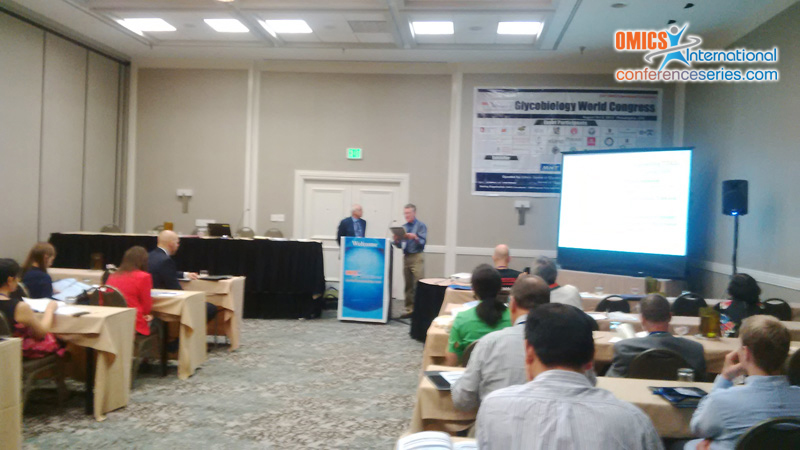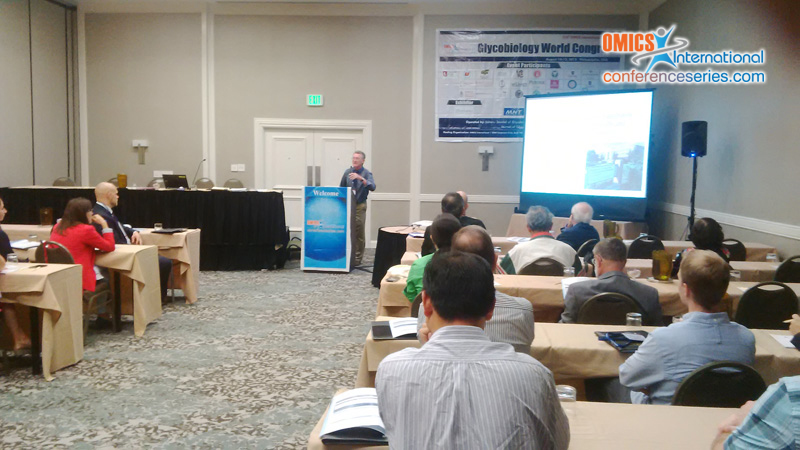
Neil P. J. Price
National Center for Agricultural Utilization Research, U.S.A
Title: Liamocins, sophorolipids and frost grape polysaccharides. New carbohydrate research from the USDA’s NCAUR national laboratory
Biography
Biography: Neil P. J. Price
Abstract
The USDA’s National Center for Agricultural Utilization Research has a prominent history in carbohydrate research, including the development of xanthan gum, ‘super slurper’ polysaccharides, beta-dextrans, alternan, and beta lactamase antibiotics (penicillins), as well as analytical tools such as aldononitrile acetates. This presentation will focus on three more recent innovations: sophorolipid bio-surfactants; liamocin anti-microbial agents; and frost grape polysaccharide. Sophorolipids (SLs) can be produced by fermentation, often in high yield (50 – 400 g/L), by yeasts of the Starmarella clade. The SLs are composed of a sophorose sugar head group (Glc-beta-1,2-Glc) glycosidically attached to a hydroxyl fatty acid. In a MALDI-TOF MS-based screen of Starmarella yeast we found that Candida kuoi NRRL Y-27208 produces non-lactone type SLs in which the sophorose is O-linked to ω-hydroxy fatty acids. Unlike the more common lactone-type SLs, these novel SL’s have an open chain structure that confers low-foaming bio-surfactant properties. The liamocins are novel polyol-lipids from a black yeast-like fungus, Aureobasidium pullulans. Four liamocins have been characterized from Aureobasidium NRRL 50380 that contain a mannitol head-group linked to several polyester-linked 3,5-dihydroxydecanoate acyl chains. Two of the liamocins are also 3’-O-acetylated, and all four have pronounced antimicrobial properties. A new, high molecular weight polysaccharide has also been found to be produced by the frost grape (Vitis riparia), and the structural characterization and properties of this will also be presented and discussed.


